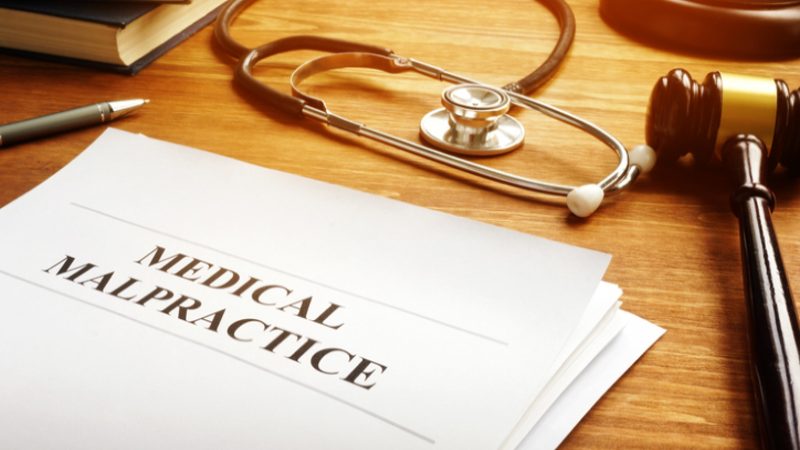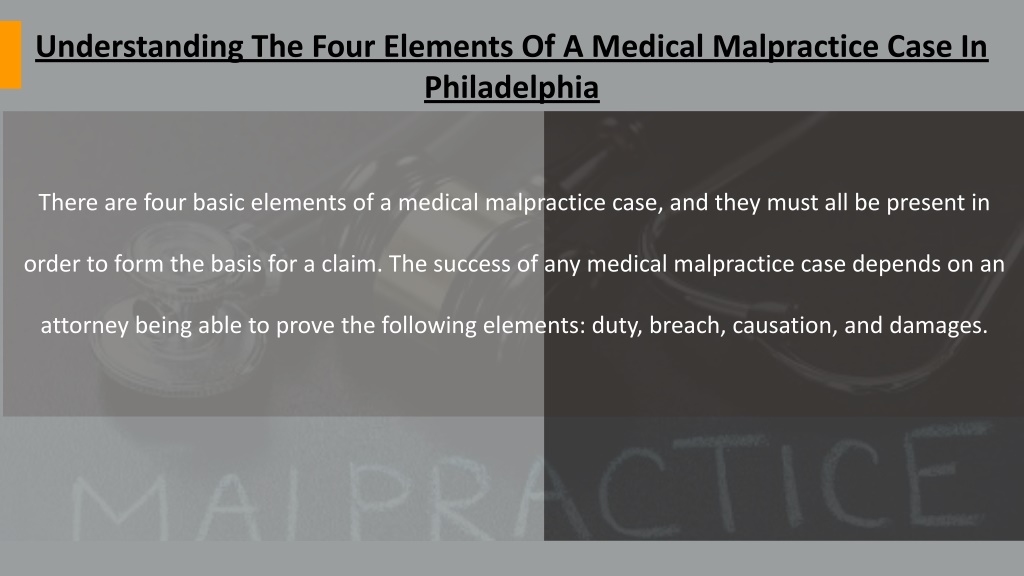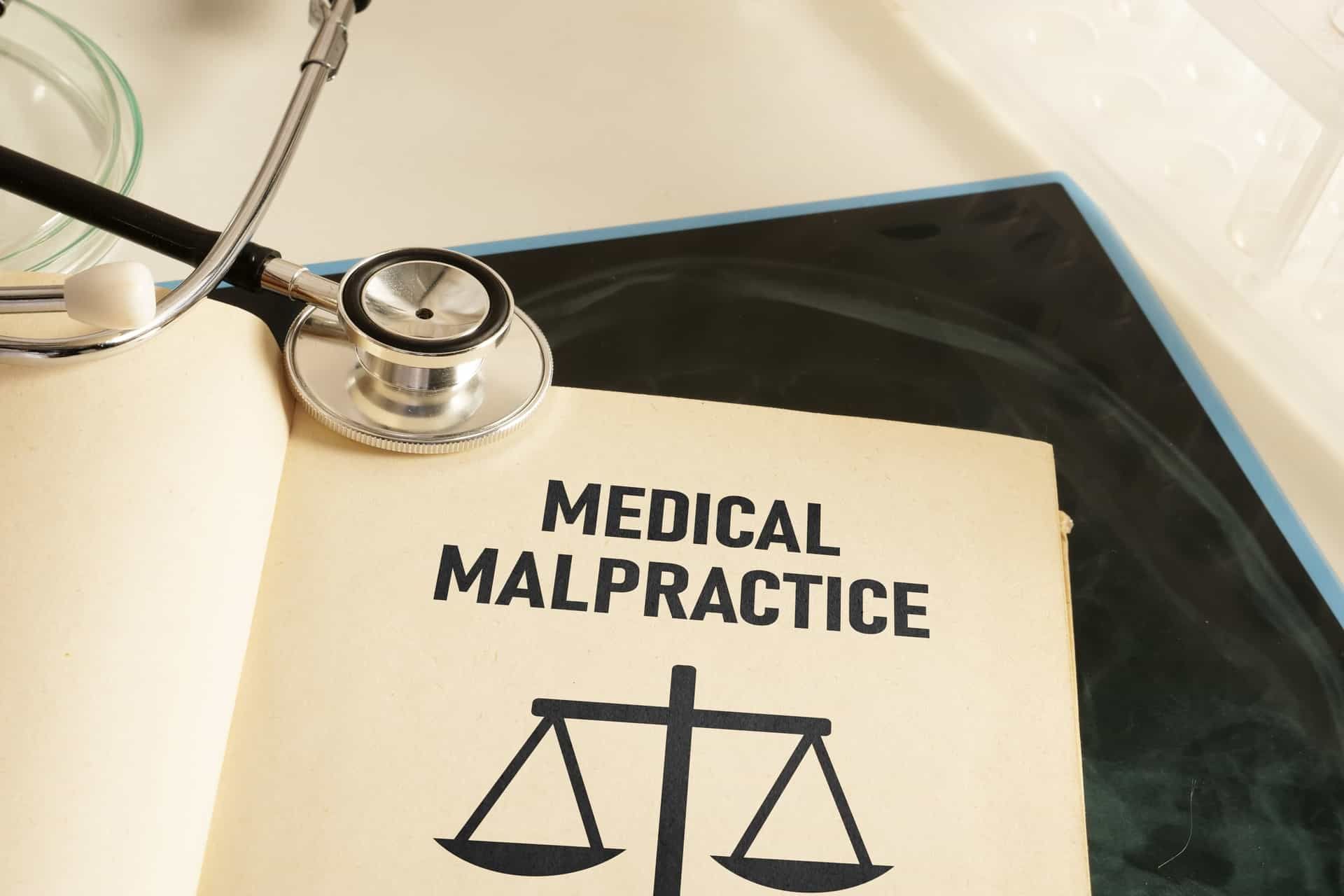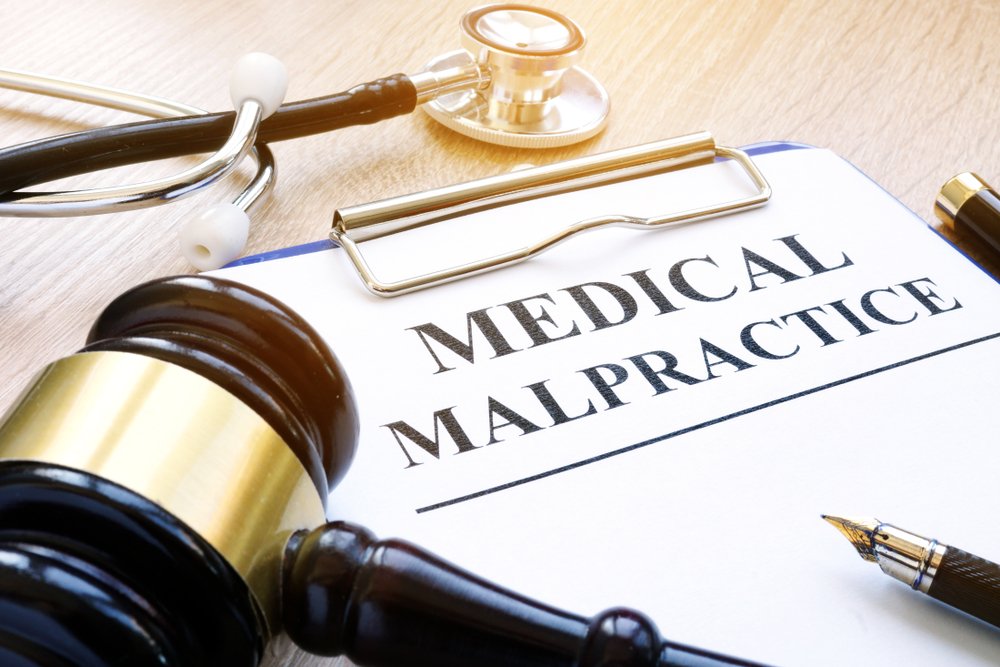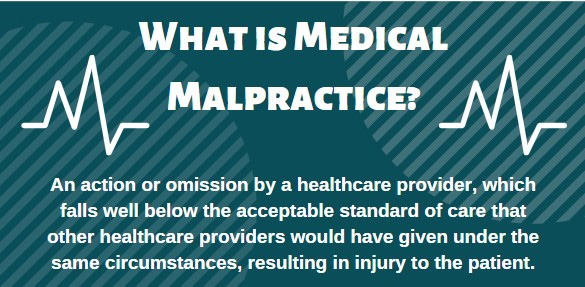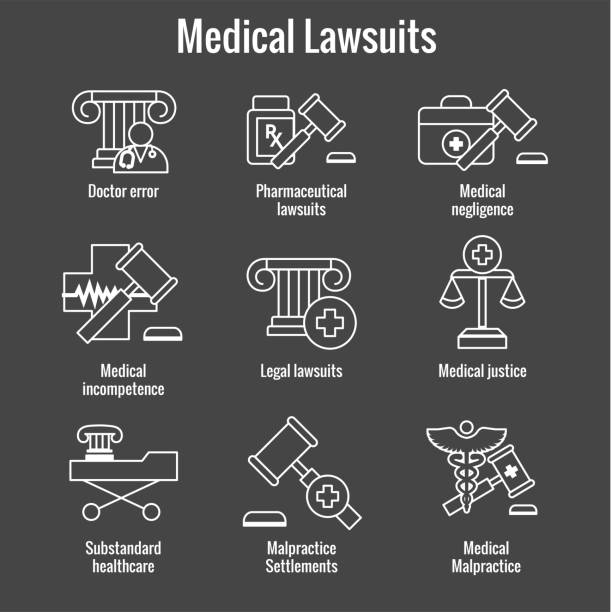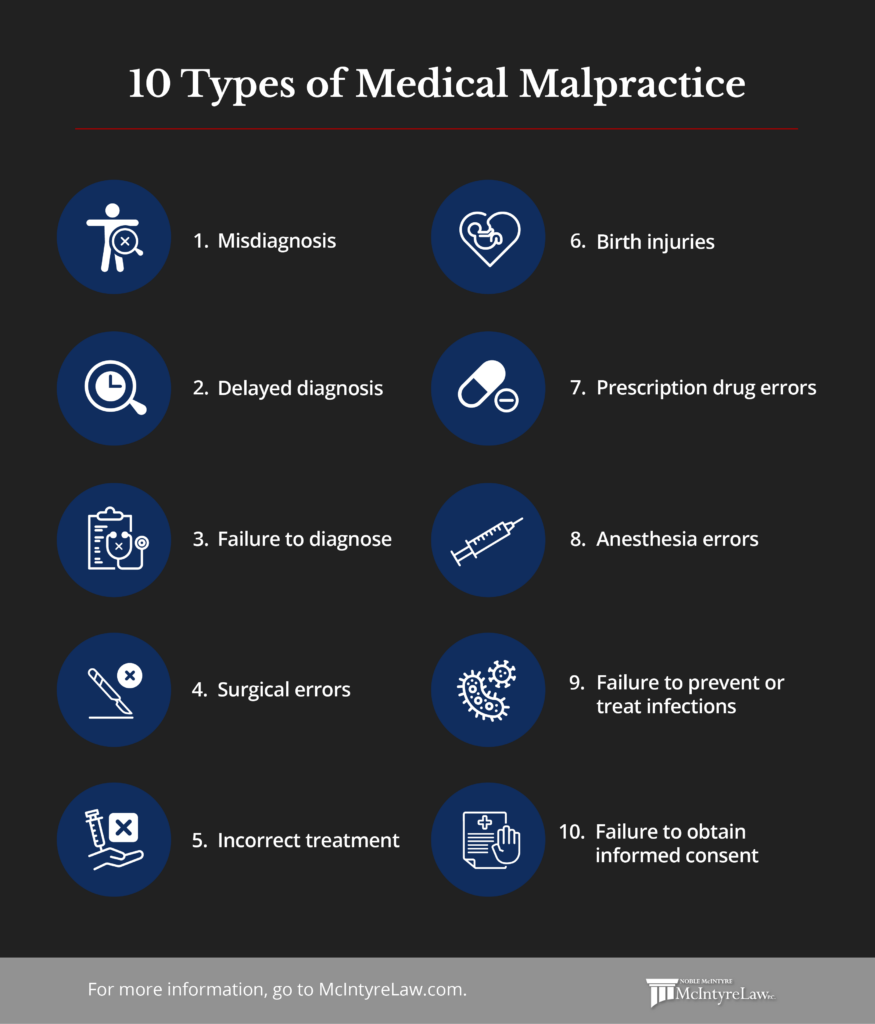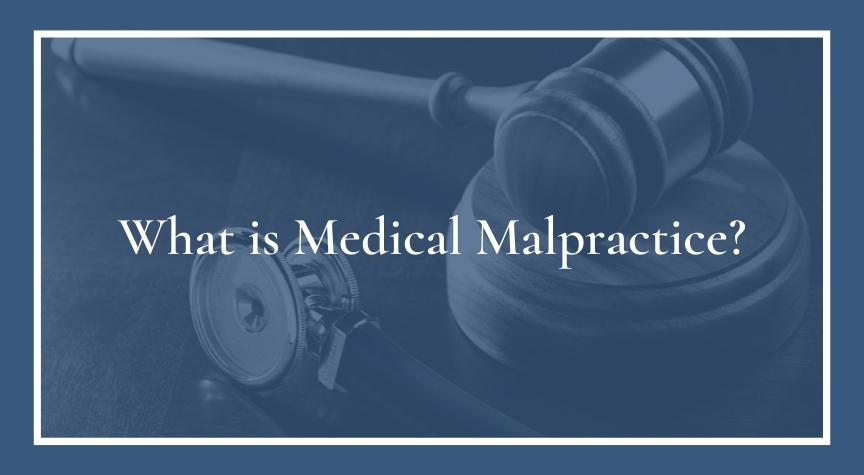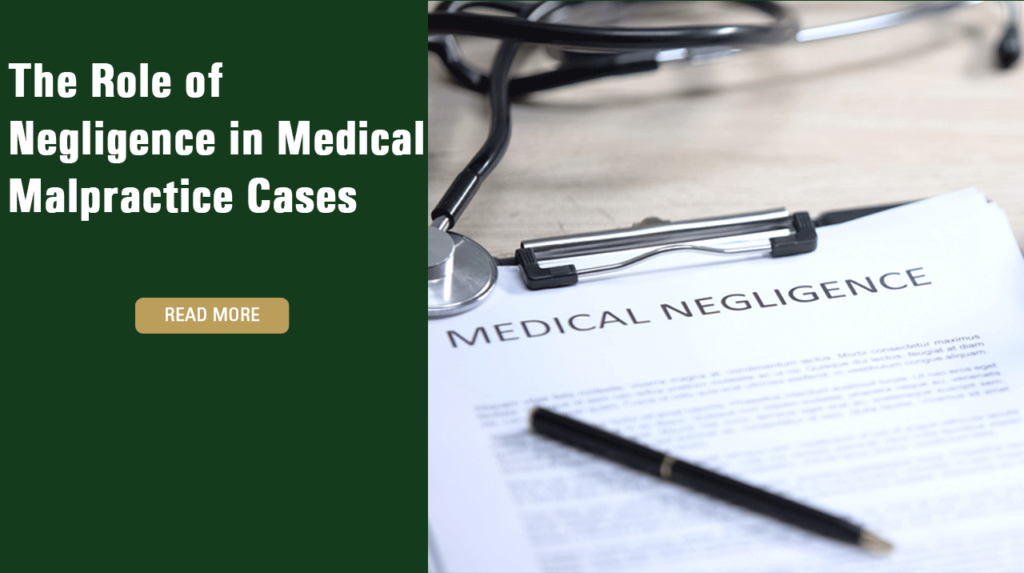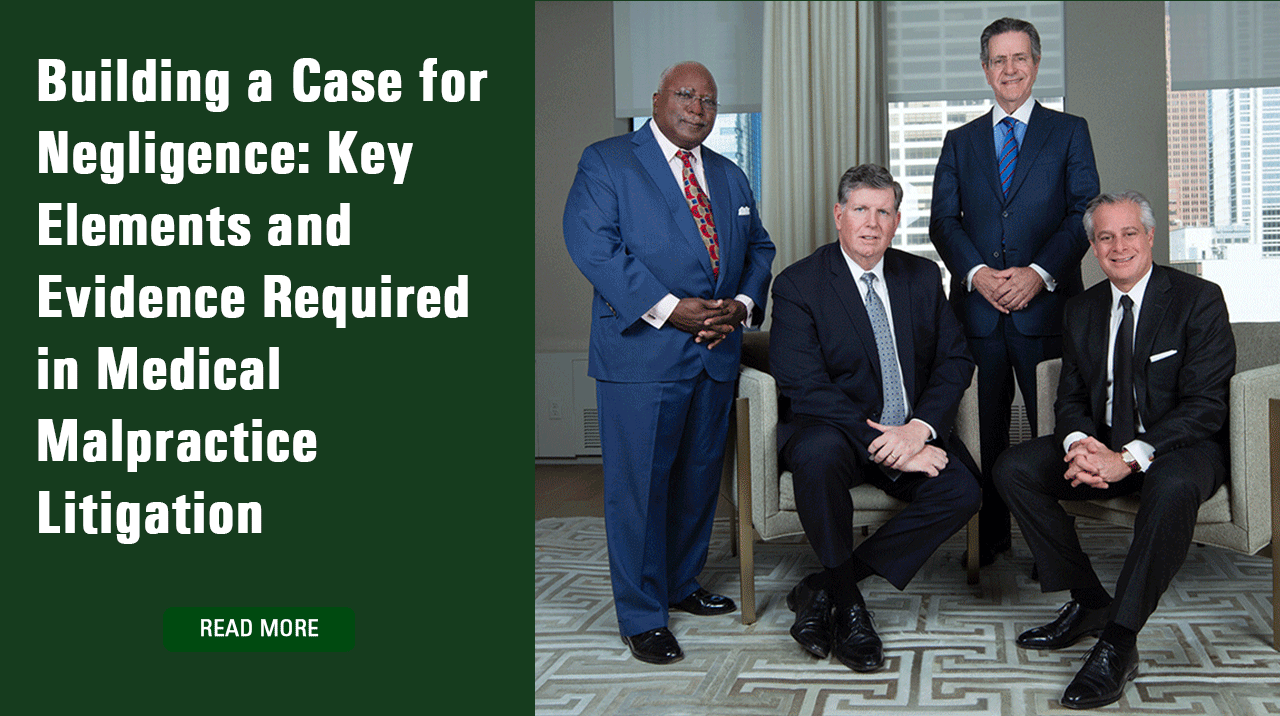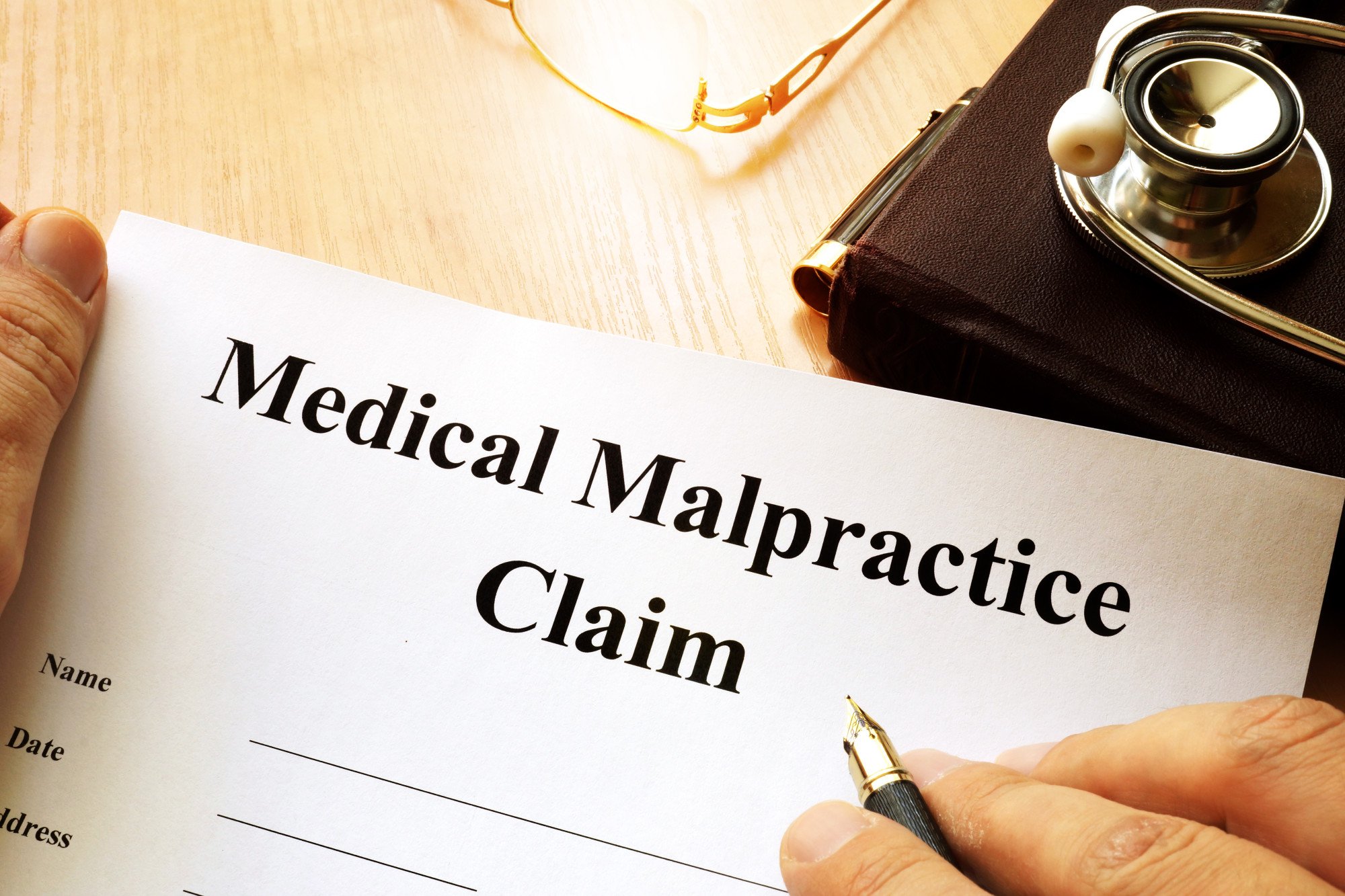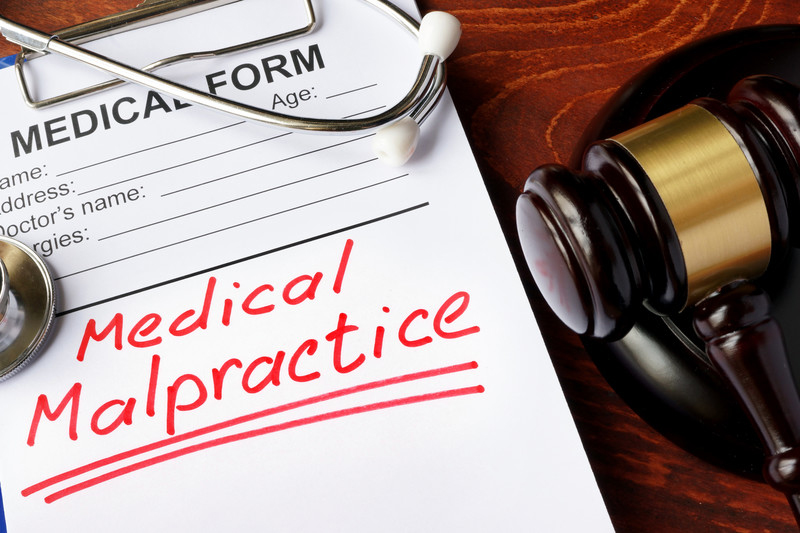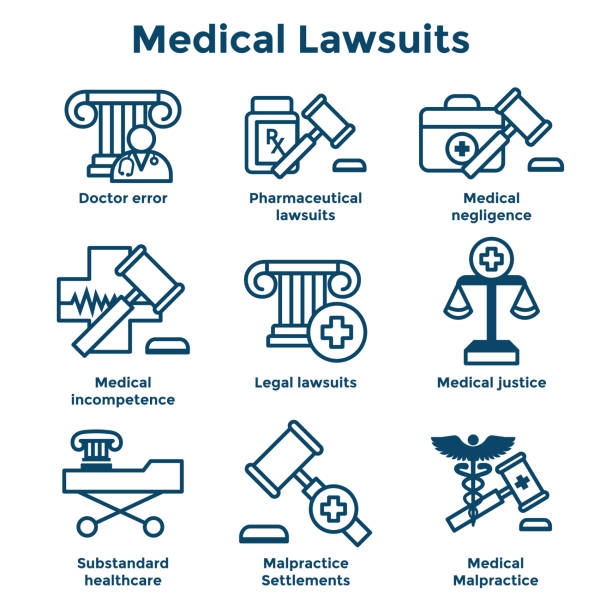Which Of The Following Is Required To Establish Medical Malpractice

Medical malpractice: Understanding what’s legally required is critical after experiencing potential harm during healthcare. Legal recourse hinges on proving specific elements, not just dissatisfaction with treatment.
A medical malpractice claim isn't simply about a bad outcome. It requires demonstrating a deviation from accepted medical standards, directly causing injury. This article breaks down the essential components needed to establish a viable medical malpractice case.
Establishing Medical Malpractice: The Core Elements
To successfully pursue a medical malpractice claim, several key elements must be proven. Failure to establish even one of these components can lead to dismissal of the case. These elements are duty of care, breach of duty, causation, and damages.
Duty of Care
First, a duty of care must exist. This means a doctor-patient relationship was established. This relationship creates a legal obligation for the healthcare provider to provide competent medical care.
Typically, this is established when a patient seeks treatment and a doctor agrees to provide it. An exception would be in some emergency situations when a doctor has to provide treatment regardless of prior relationship.
Breach of Duty (Negligence)
Second, there must be a breach of the duty of care. This occurs when the healthcare provider's actions fall below the accepted standard of medical care. This is often called negligence.
The standard of care is defined as what a reasonably prudent healthcare provider in a similar specialty would have done in the same circumstances. Expert testimony is almost always required to establish what that standard is, and how the defendant deviated from it.
Examples of breach include misdiagnosis, surgical errors, medication errors, or failure to properly monitor a patient. This is not simply an error in judgement, but a demonstrably negligent act.
Causation
Third, causation must be proven. This means the breach of duty directly caused the patient's injury. There needs to be a direct link between the negligence and the harm suffered.
It's not enough to show the doctor was negligent; the negligence must be the proximate cause of the injury. Pre-existing conditions, while relevant, don't negate causation if the negligence aggravated the condition.
Proving causation often requires medical experts to testify that the negligence was a substantial factor in causing the harm. This can be a complex and heavily contested aspect of malpractice cases.
Damages
Finally, the patient must have suffered damages as a result of the injury. Damages can include medical expenses, lost wages, pain and suffering, and disability.
The extent of the damages directly impacts the potential value of a malpractice claim. Emotional distress alone, without physical injury, is often insufficient to support a claim.
Documentation of all damages, including medical bills, pay stubs, and therapy records, is crucial. Demonstrating the true impact of the injury is essential for recovering fair compensation.
The Role of Expert Witnesses
Expert witnesses play a crucial role in medical malpractice cases. They provide the necessary medical knowledge to explain the standard of care. They also explain how the defendant deviated from that standard. And finally, they explain how that deviation directly caused the patient's injuries.
These experts are usually physicians or other healthcare professionals with experience in the relevant medical field. Their testimony is essential for proving negligence and causation.
Finding qualified and credible experts is a critical step in pursuing a malpractice claim. The quality of expert testimony can significantly impact the outcome of the case.
Statute of Limitations: Act Quickly
Each state has a statute of limitations for filing medical malpractice claims. This sets a deadline for filing a lawsuit. Failing to file within this timeframe bars the patient from pursuing a claim, regardless of merit.
The statute of limitations typically starts running from the date of the negligent act, or from the date the patient discovers, or reasonably should have discovered, the injury. The laws about the statute of limitations are different state to state.
Due to the complexities of medical malpractice law and the time-sensitive nature of these claims, consulting with an attorney as soon as possible is essential. Waiting too long can eliminate your legal options.
Next Steps: Consultation and Investigation
If you suspect you've been a victim of medical malpractice, consult with an experienced medical malpractice attorney. They can evaluate your case, gather medical records, and consult with experts to determine if you have a viable claim.
An attorney can help you understand your rights and navigate the complex legal process. They can also represent you in negotiations with the healthcare provider or their insurance company.
Pursuing a medical malpractice claim can be a long and challenging process. But it can also be a means of obtaining compensation for your injuries and holding negligent healthcare providers accountable.


